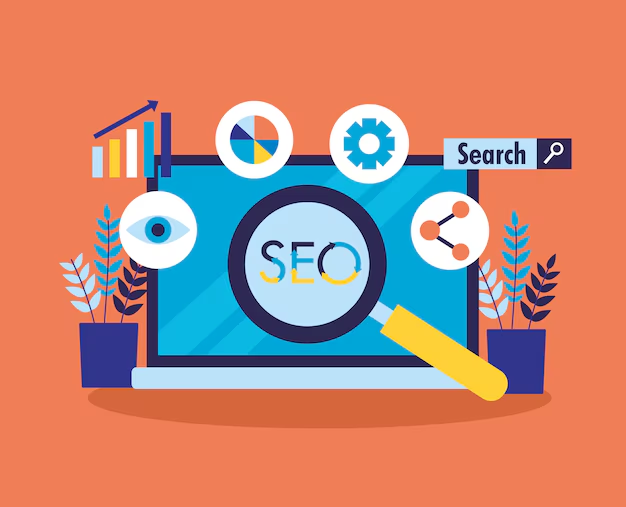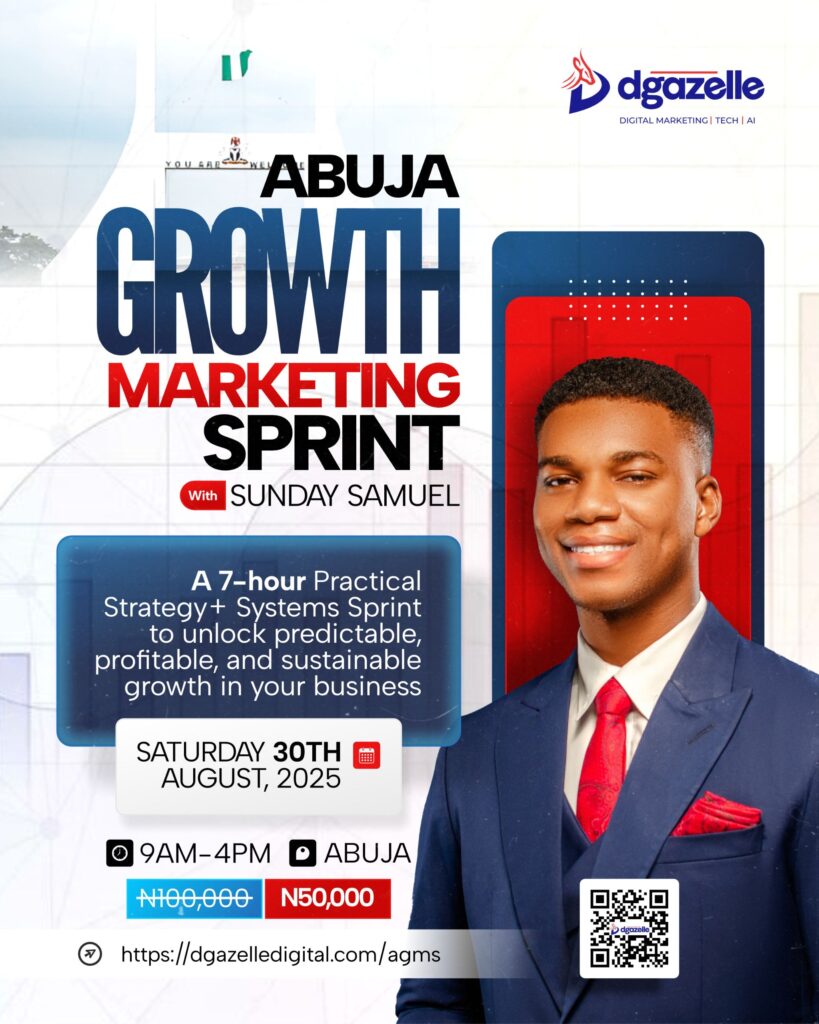Search engine optimization (SEO) is a powerful tool for increasing visibility and ensuring that your content, products, or services reach the right audience. When done correctly, it enhances your website’s ranking on search engines, helping potential customers discover your offerings. However, just like with anything, it’s possible to go too far with SEO—leading to what’s known as SEO over-optimization.
Google has pointed out that while SEO is beneficial, there are limits. Over-optimizing a website can lead to penalties, diminishing its performance rather than improving it. Over-optimization occurs when excessive SEO tactics are applied to a website, making it harder for search engines to recognize and rank the page effectively. The result? What started as good practice can actually hurt your rankings.
What Is Over-Optimization?
Over-optimization in SEO occurs when you go beyond the necessary practices to push your website to the top of search results. This often happens when you overuse keywords, excessively link to the same phrases, or engage in tactics designed solely to manipulate search engine algorithms.
While SEO is important for visibility, Google and other search engines penalize over-optimization because it can negatively impact the user experience (UX). A website that’s overly optimized may feel unnatural or stuffed with keywords, making it harder for visitors to navigate or engage with. This can lead to lower rankings or, in extreme cases, removal from search results altogether.
Instead of focusing solely on search engines, it’s essential to create quality content that resonates with users and uses keywords and links naturally. By prioritizing human readers over bots, you can build a website that’s both search-friendly and user-centric.
Why Is Over-Optimizing Bad for SEO?
Over-optimizing can cause significant SEO issues because search engines may view it as an attempt to manipulate rankings, rather than offering genuine, valuable content.
Search engines prioritize high-quality content that provides real value to users. If over-optimization leads to low-quality content that doesn’t meet users’ needs, it creates a poor experience. No one wants to click on a link only to find irrelevant or poorly-written content. This not only frustrates users but also undermines the credibility of search engines.
Tactics like keyword stuffing or excessive link building violate Google’s spam policies and can result in penalties, manual actions, or even a drop in rankings. To avoid these risks, focus on creating content that is valuable, relevant, and user-friendly, rather than trying to game the system with excessive SEO tactics.
Common Over-Optimization Practices to Avoid
Understanding SEO best practices is crucial to avoid over-optimization. Here are some key pitfalls:
- Keyword Stuffing
Excessively repeating keywords or using them unnaturally can make content difficult to read, hurting both user experience and SEO. Instead, use keywords naturally within context to maintain readability and avoid penalties. - Excessive Link Building
While backlinks are important, acquiring too many unnatural links can harm your site’s credibility. Focus on earning relevant, high-quality links from authoritative websites to build trust without risking penalties. - Low-Quality Content
Content that lacks depth, is poorly written, or copied can damage your SEO rankings. Ensure your content is informative, original, and provides value to your audience, as search engines favor high-quality, relevant content. - Over-Optimized Internal Link Anchors
Using exact-match keywords as anchor text for internal links too often can appear manipulative to search engines. Instead, use varied, descriptive anchor text that improves user experience and SEO. - Overloading Links to Top-Level Pages
Directing all internal links to top-level pages can dilute your site’s structure. Spread link equity across different pages to help search engines understand your site hierarchy and improve navigation. - Creating Duplicate Pages
Targeting similar keywords across multiple pages leads to keyword cannibalization, where pages compete for the same ranking. To fix this, use redirects or canonical tags to consolidate ranking power and avoid confusion.
De-Optimizing Content
De-optimizing content is about identifying and fixing over-optimization issues to enhance both SEO and user experience. Begin by reviewing your content for overused or forced keywords, excessive anchor text optimization, and duplicate content.
You can do this manually by carefully reading and comparing your content, or use a tool like Semrush On Page SEO Checker to analyze your site’s content. The On Page SEO Checker, among other metrics, automatically calculates your content’s keyword density (the ratio of keywords to total word count) and compares it to that of your top 10 competitors.
Best Practices for SEO Optimization
- Optimize for Mobile
Ensure your website is mobile-friendly, as Google prioritizes mobile-first indexing. Use responsive design to adapt to different screen sizes and check mobile optimization in tools like Google Search Console. - Conduct Keyword Research and Use Keywords Naturally
Identify keywords that align with user intent and incorporate them naturally in your content. Use variations like long-tail keywords (e.g., “best horror movies on Netflix” instead of just “horror movies”) to avoid keyword stuffing. - Focus on Content Quality
Create valuable, well-researched content that matches the search intent (informational, transactional, etc.). Ensure your content is helpful, original, and well-structured to enhance the user experience. - Prioritize User Experience
Make content easily scannable with headings, images, and short paragraphs. Ensure your website is easy to navigate and satisfies user intent to reduce bounce rates and improve engagement. - Diversify Anchor Text
Vary anchor text when linking internally or externally. Use a mix of exact-match, partial-match, and related keywords to avoid over-optimization and enhance content relevancy. - Build Quality Backlinks
Focus on obtaining backlinks from reputable sources relevant to your content. Avoid buying links and instead create valuable content (e.g., original research, data visualizations) that naturally attracts backlinks. - Optimize Meta Tags
Craft compelling title tags and meta descriptions to improve click-through rates. Use tools to preview how your page appears in search results and ensure it looks appealing across devices. - Improve Site Speed and User Experience
Enhance page load speed by optimizing images and reducing HTTP requests. Consider technical improvements like switching hosting providers or using a content delivery network (CDN) for faster loading.
Conclusion
In conclusion, successful SEO optimization involves striking the right balance between appealing to search engines and providing an excellent user experience. Over-optimization, where too much focus is placed on technical SEO, can make your site feel forced and lose sight of the bigger picture. While technical SEO is essential, the real impact comes from creating high-quality, engaging content that naturally integrates relevant keywords.
At Dgazelle, we specialize in delivering tailored SEO strategies that improve your rankings and boost user experience. Contact us today to get started on enhancing your SEO with expert analysis, content optimization, and technical solutions that drive results!







